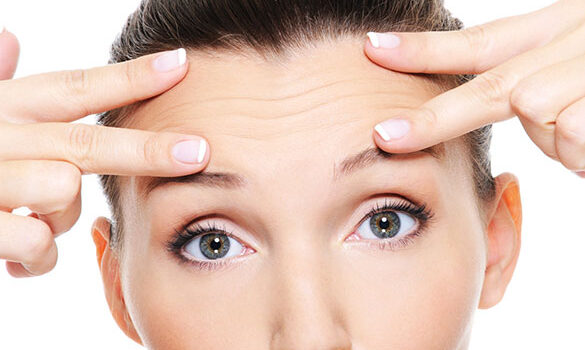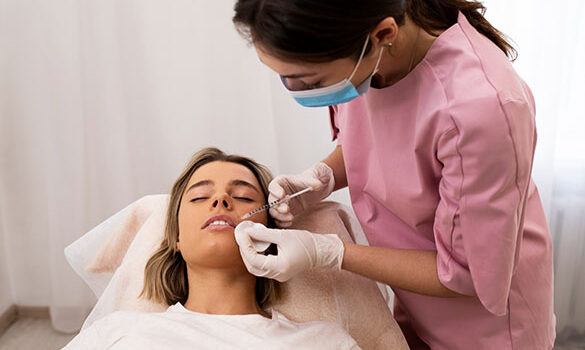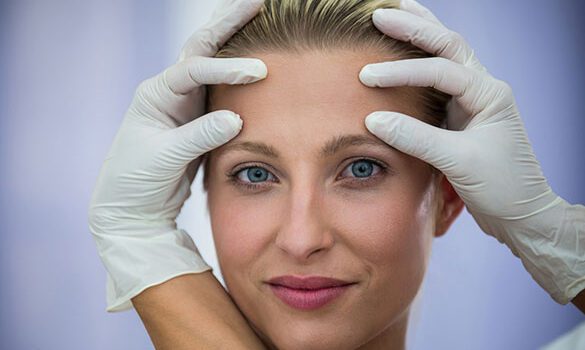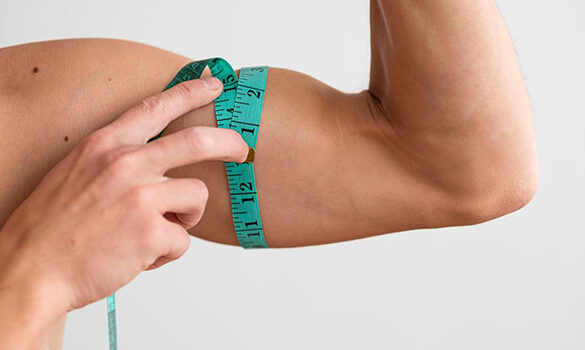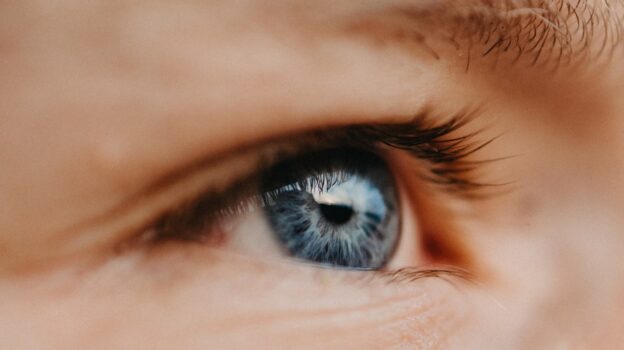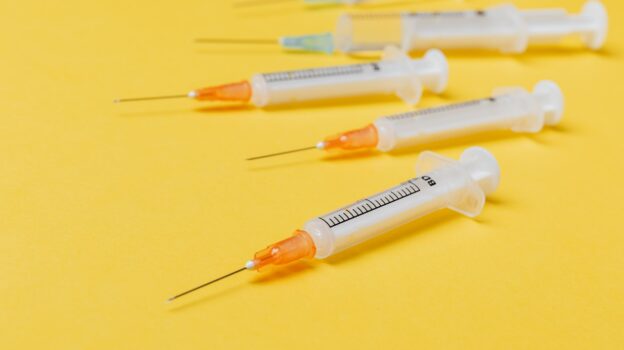As dermal fillers become more accepted as a mainstream cosmetic treatment, chances are you know someone who has had them, or perhaps you are considering them for yourself. Yet despite their increasing popularity, there are still some fears and misunderstandings surrounding dermal fillers. This guide will answer some common questions about dermal fillers and help you decide whether or not you want to look fabulous.
What are Dermal Fillers?
As we age, we start to lose collagen, elastin, and facial fat, leading to a tired or “saggy” appearance. Dermal fillers are temporary injectable gels that are indicated for restoring facial volume, resulting in a more youthful, refreshed appearance. They are also used to contour and enhance certain facial features. The most common dermal fillers are made of hyaluronic acid – a sugar that naturally occurs in our skin. Popular brands of hyaluronic acid dermal fillers include Juvederm, Restylane, and Belotero. Other types of fillers may contain calcium hydroxyapatite (i.e. Radiesse) or poly-L-lactic acid (i.e. Sculptra).
How do Dermal Fillers Work?
Hyaluronic acid dermal fillers work like a sponge. When they are injected, they absorb water from the body causing them to plump up and “fill” the area being treated. Other types of fillers have a bio-stimulatory effect, meaning they stimulate the body to produce its collagen in the areas being injected.
How do Dermal Fillers Differ from Botox?
The only similarity between Botox and fillers is the fact that they are injectable products that deliver temporary results without downtime. Your best option will ultimately depend on what your concerns are. Botox is a neuromodulator that weakens muscle movement in areas prone to wrinkles – mainly in the upper face. Therefore, if you are concerned about frown lines, forehead lines, or crow’s feet, you will probably want to consider Botox. Dermal fillers are typically used in the mid and lower face to replace volume and plump the skin. If you want to lift your cheeks, enhance your lips, or look less tired, dermal fillers would be a suitable option.
Botox and dermal fillers can be, and are very often, used in combination. In doing so, multiple signs of aging can be addressed at the same time, leading to more dramatic results and the best possible outcome.
What Areas can Dermal Fillers Treat?
Dermal fillers can be used to treat most areas in the mid/lower face that require volume. These include the cheeks, lips, nasolabial folds, tear troughs (under eyes), and marionette lines. They can also add structure to the chin and jawline, and subtly change the shape of the nose. Dermal fillers can even be used in aging hands to restore volume and lessen the look of prominent veins.
What Type of Filler do I Need?
There are many types of hyaluronic fillers on the market. The Juvederm line alone has at least seven products available, all varying in density, viscosity, stiffness, and longevity. Your injector will take all of this into consideration and recommend the most appropriate product for you based on the area being treated, the amount of volume required, and your facial features.
What Can I Expect From a Dermal Filler Treatment?
On the day of your appointment, you will want to make sure you are feeling well (no cold or flu), and that you are not pregnant or nursing. Your visit will begin with a consultation with your treatment provider – a doctor or nurse who has been specifically trained in cosmetic injections. This will allow you to ask questions and discuss what type of results you are looking for. You will also be asked some questions about your health history to make sure you are a good candidate for the treatment.
A dermal filler treatment takes about 45 minutes. During the injections, you will feel a small pinch when the needle enters the skin. Most dermal fillers contain lidocaine, a local anesthetic, to help minimize any discomfort. The use of topical numbing cream and/or ice packs can also help keep the treatment comfortable.
Are There Side Effects to Dermal Filler Treatment?
Yes. As with most medical procedures, there are some risks and potential side effects to be aware of. The most common side effect is bruising which occurs if the needle grazes a blood vessel during the injection. Fortunately, bruising is always temporary and usually resolves within a week. To reduce your chance of bruising, in the days leading up to your appointment avoid any medications or supplements that may increase your risk of bleeding. Examples include aspirin, ibuprofen, fish oils, Ginkgo Biloba, and St. John’s Wort.
Swelling may also occur, typically peaking 2 to 4 days after the treatment. Because of the likelihood of bruising and swelling it is recommended that you schedule your dermal filler treatment at least two weeks before any important social engagement.
Will I Look like I’ve Had “Work Done?”
Dermal filler treatments are intended to enhance your appearance – not change it. You can achieve this by making sure you choose a qualified and experienced injector who has a thorough knowledge of facial anatomy. The best results are those that aren’t noticeable. The goal is to simply look fantastic!
How Long will the Results From Dermal Filler Last?
Although you will see an improvement immediately after your dermal filler treatment, your results will look best in about two weeks – after any swelling or bruising has been resolved, and the filler has had a chance to settle. How long your results last will depend on the type of filler used, the amount injected, the area treated, and the unique rate at which your body metabolizes it.
In general, dermal fillers can last several months to two years. The filler typically breaks down faster in areas that are subject to movement (i.e. lips). Areas that don’t move as much (i.e. under-eyes) tend to have longer-lasting results. Regardless of where the filler is injected, follow-up treatments will be required at some point to maintain the results.
I’m Ready! Where do I Start?
Whether you’ve had dermal filler treatment before, or are exploring your options for the first time, it is recommended to book a comprehensive consultation with one of GraceMed’s qualified nurse injectors. Based on your personal goals, they will determine what type and how much filler is required to give you the results you are looking for. They will be able to answer all of your questions and provide the information you need to help you make the right decision for you.
Whether you’re planning a life-changing surgical transformation, simple mole removal, or a quick aesthetic touch-up, GraceMed is pleased to offer multiple clinic locations to meet your needs in the GTA. GraceMed has med spa services in Oakville, Burlington, and North York








